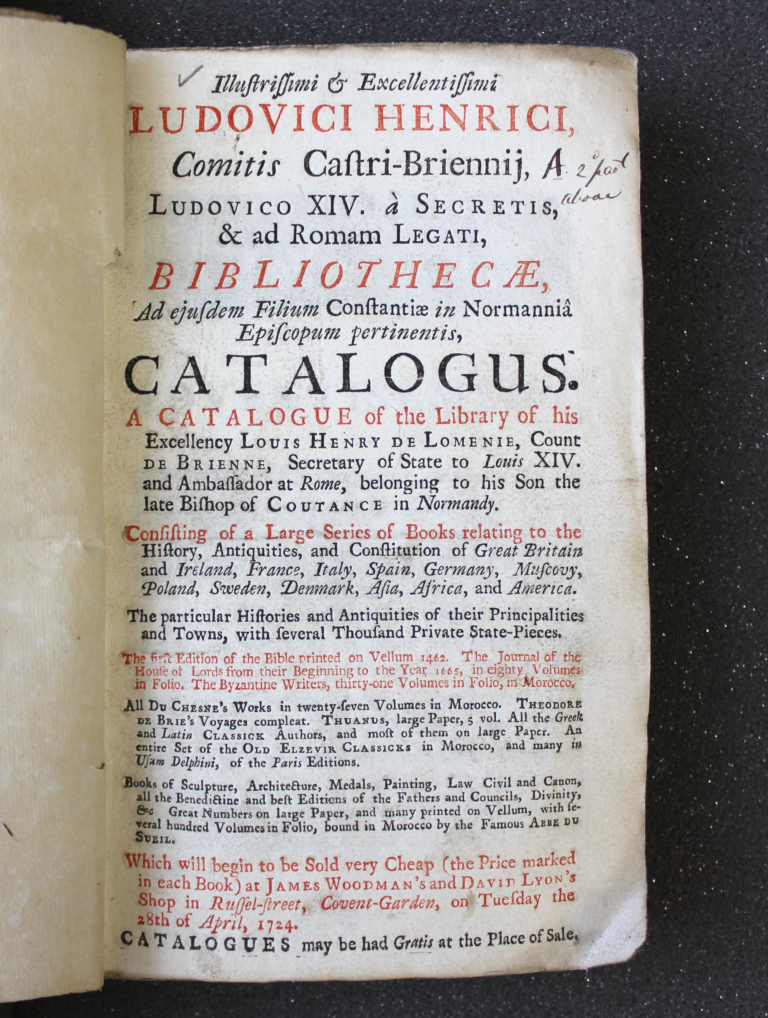Home / History / Social History / The History of the Book in the Early Modern Period: 1450 to 1800 / Buying and selling books
This article is from the free online
The History of the Book in the Early Modern Period: 1450 to 1800


Reach your personal and professional goals
Unlock access to hundreds of expert online courses and degrees from top universities and educators to gain accredited qualifications and professional CV-building certificates.
Join over 18 million learners to launch, switch or build upon your career, all at your own pace, across a wide range of topic areas.

 Fig 1. Range of unbound books and bound books in the Edward Worth Library, Dublin. © The Trustees of the Edward Worth Library, Dublin.
Fig 1. Range of unbound books and bound books in the Edward Worth Library, Dublin. © The Trustees of the Edward Worth Library, Dublin.
 Fig 2. Collectio libb. Qui in nundimis Francofurtensibus ab anno 1564 usque ad… 1592. (Frankfurt: Nicolas Bassaeus, 1592), title page. © The Board of Trinity College Dublin.
Fig 2. Collectio libb. Qui in nundimis Francofurtensibus ab anno 1564 usque ad… 1592. (Frankfurt: Nicolas Bassaeus, 1592), title page. © The Board of Trinity College Dublin.
 Fig 3. A Catalogue of the Library of … Louis Henry de Loménie … (London, 1724), title page. © The Trustees of the Edward Worth Library, Dublin.
Fig 3. A Catalogue of the Library of … Louis Henry de Loménie … (London, 1724), title page. © The Trustees of the Edward Worth Library, Dublin.






